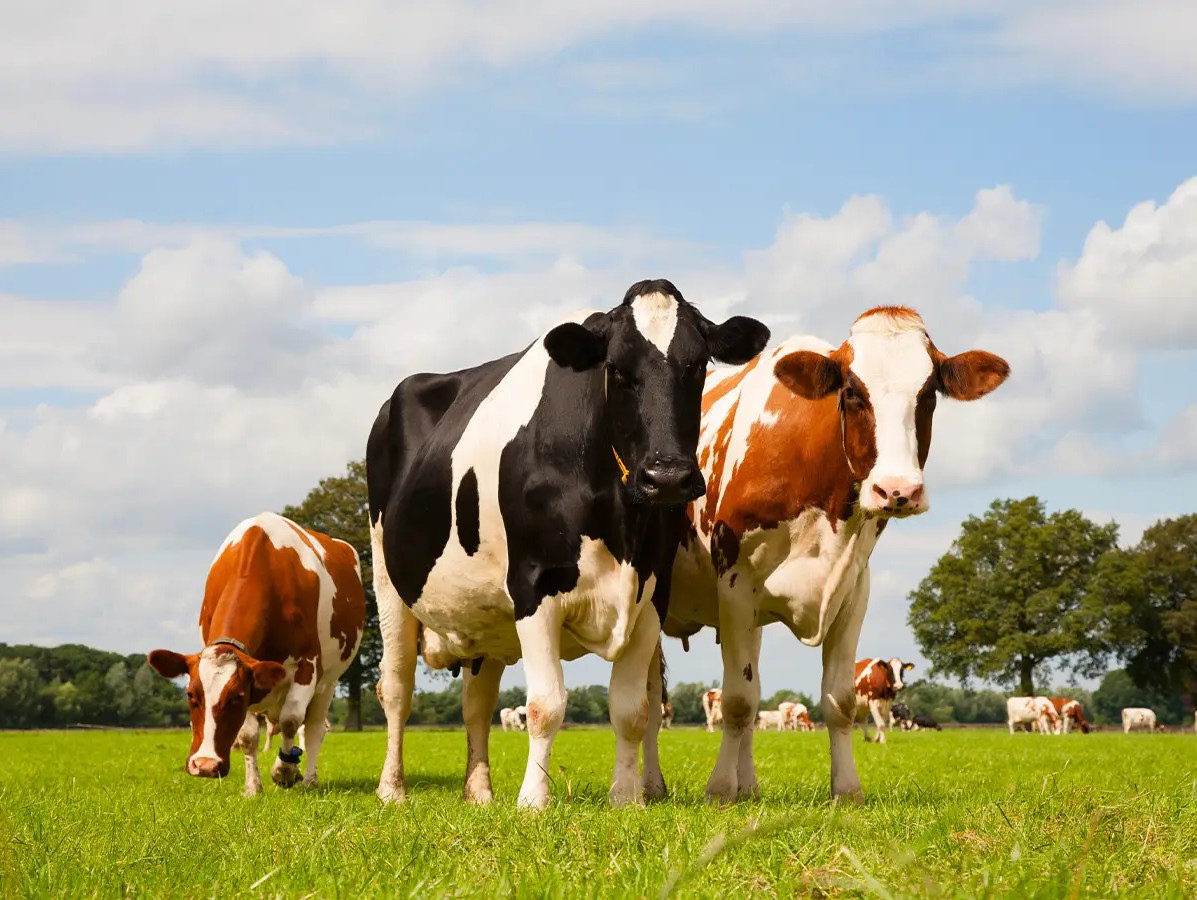
Dairy prices have continued to rise in recent months, despite earlier expectations of stabilisation. Global milk production is growing only marginally, keeping the market tight. For the food industry, margins remain attractive, but risks are looming, according to Rabobank.
Milk production across the seven largest export regions is set to rise by 1% in 2025, reaching 326.7 million tonnes. This marks the largest volume increase since 2020. In the US, production is up by 1.4%, driven by a larger herd and ongoing gains in productivity. New Zealand is expected to grow by 2%, returning to the output levels of the record 2020/2021 season. For 2026, only 0.3% growth is anticipated. The EU is holding back overall expansion, with a projected decline of 0.5%.
In early 2025, European milk production dropped, despite favourable margins. This was due in part to a smaller dairy herd in Northwestern Europe and the aftereffects of bluetongue in 2024. Ireland, Poland and the UK reported increases, but not enough to offset the regional shortfall. Since April, production has started to recover, especially in France, Germany and the Netherlands.
Global demand for dairy is still holding up, but signs of weakening are becoming more visible. Consumer confidence in the US has hit a low point, China is facing economic headwinds, and sales are slowing in several other regions. Within the EU, demand is steady, but high prices and disappointing economic figures—especially in Germany—may begin to weigh on consumption. Growth forecasts for the eurozone have been revised down to 0.9%.
Dutch dairy farmers are benefiting from solid milk prices and lower manure costs. This is reflected in strong cash flow and renewed appetite for investment. In the second half of 2025, however, limited manure disposal capacity could cause pressure to build. Having sufficient storage space will be essential to stay flexible in operations.
Source: Rabobank